A Cheetah Preparing to Strike Inspired the Canon EOS R7’s Design
![]()
Last year, PetaPixel called the EOS R7 “one of the best cameras Canon makes,” and that sentiment still rings true. In a new video, Canon details the R7’s look and feel, including interesting insights from Canon engineers.
While the R7’s key highlights are its impressive 32.5-megapixel APS-C image sensor and swift AI-powered autofocus system, its compact and lightweight design is noteworthy for good and bad reasons alike.
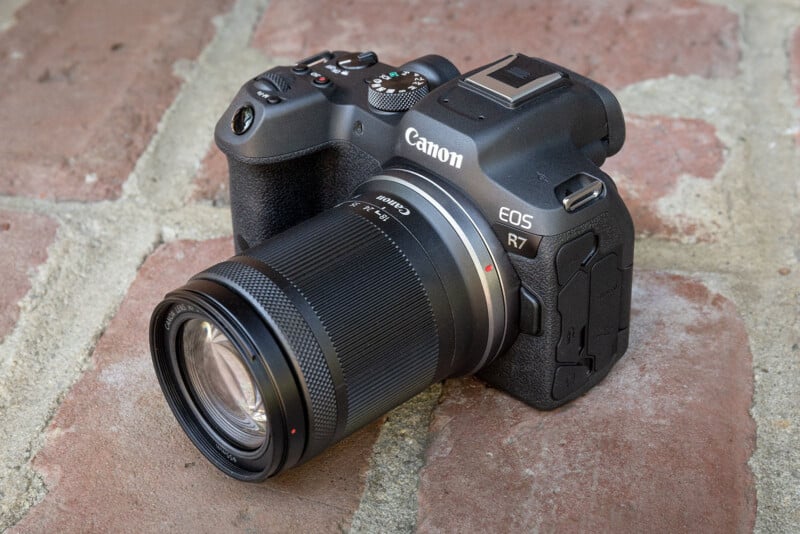
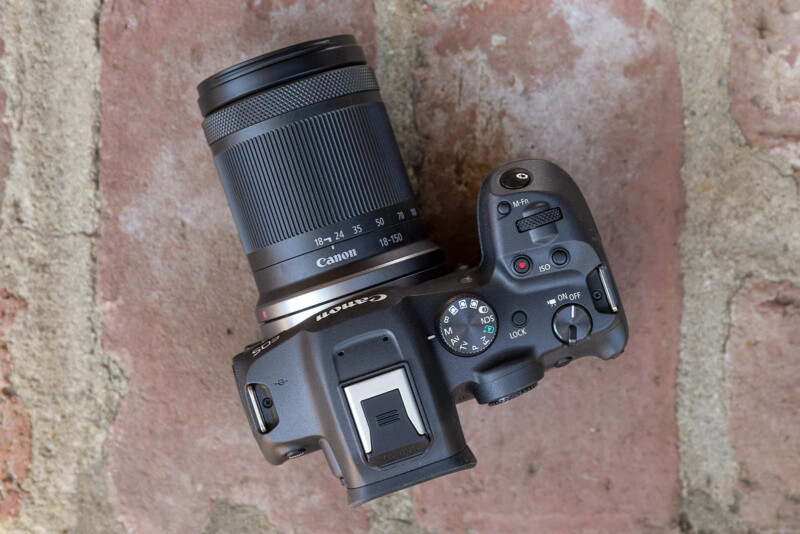
In his review for PetaPixel, Ryan Mense wrote, “Overall, [the body] feels like a decent balance by trying to be compact while not forgoing the fact it’s made to fit comfortably in the hand,” while also knocking the camera for its lackluster button customization, noting that “the layout of the camera’s buttons and dials could have been so much better.”
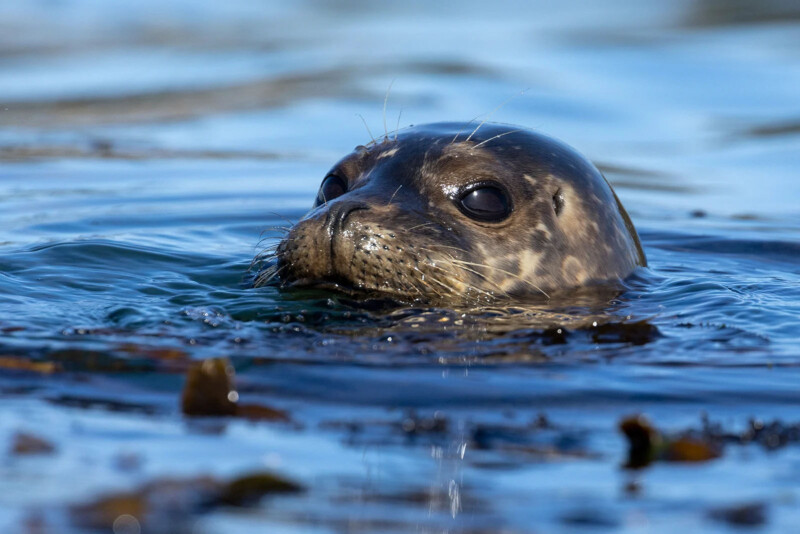
A major aspect of the R7’s control layout is its new multi-controller joystick inside a circular dial. This combination control is adjacent to the R7’s thumb rest area and essentially plays two significant controls within easy reach for the user. While Mense understands the appeal of this type of control, he didn’t notice a substantial benefit in real-world use.
However, this departure in design was a significant factor for Canon’s engineers when they built and refined the EOS R7 body. Canon’s Yoshiyuki Kashiwagi, Takeshi Kikkawa, and Jin Sotome tackle the R7’s overall design, user experience, and how it communicates to the user, respectively.
Concerning the camera’s shape, color, and texture, Kashiwagi explains that the R7’s target audience — photographers shooting sports, wildlife, and action — informs the overall shape of the camera. The R7 is expected to be handheld for extended periods, so it must be comfortable to use for a long time and with longer, heavier lenses commonly used for photographing sports and wildlife.
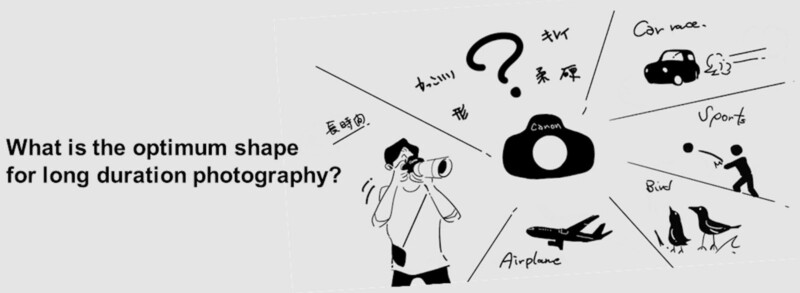
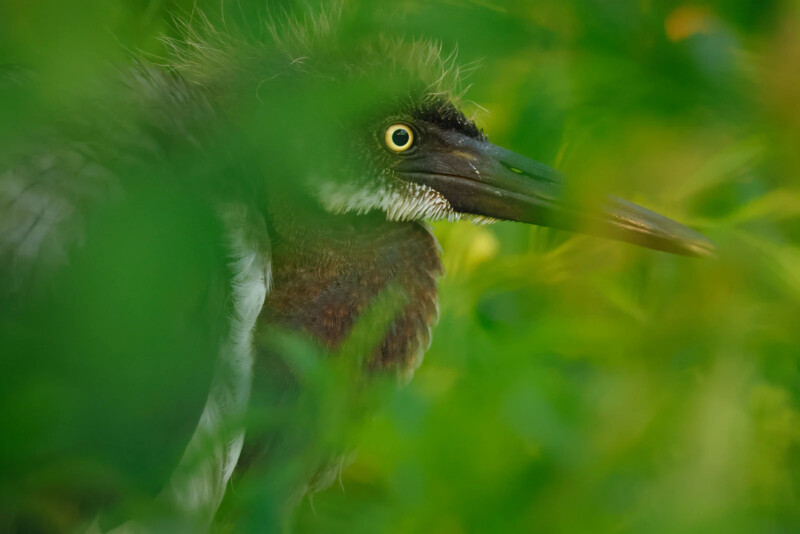
“It was necessary to develop Canon’s EOS traditional flowing curved surface to a higher dimension, and make a shape that fits comfortably in the hand,” Kashiwagi says in Japanese. “So before I started [designing], I took inspiration from a certain animal. That is, a cheetah aiming for its prey. The moment a cheetah aims for its prey, you can see its muscles poised to pounce. The threshold between stillness and motion. This helped me form the image that fits our newly modeled R7.”
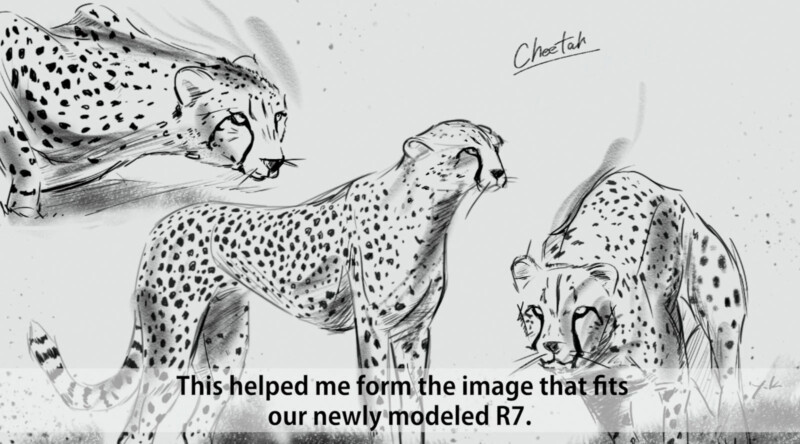
“We made an appealing design with sharp edges and a firm flowing 3D shape,” Kashiwagi continues.
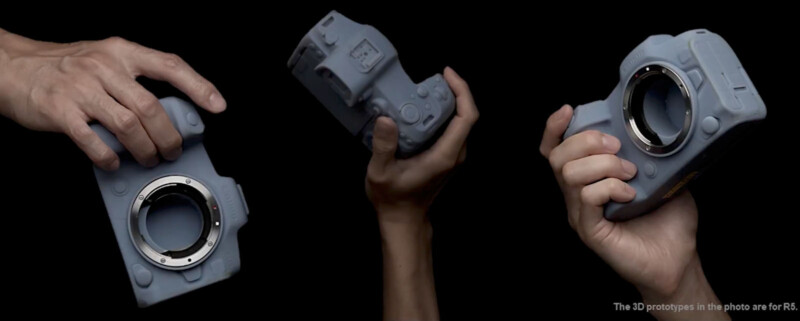
After discussing the R7’s finer features, like its texture, power lever, and surprisingly detailed side panel covers, Kashiwagi dives into the new joystick and dial. After many iterations and prototypes, the final design took shape, promising an easy-to-use control input that most users can easily reach.
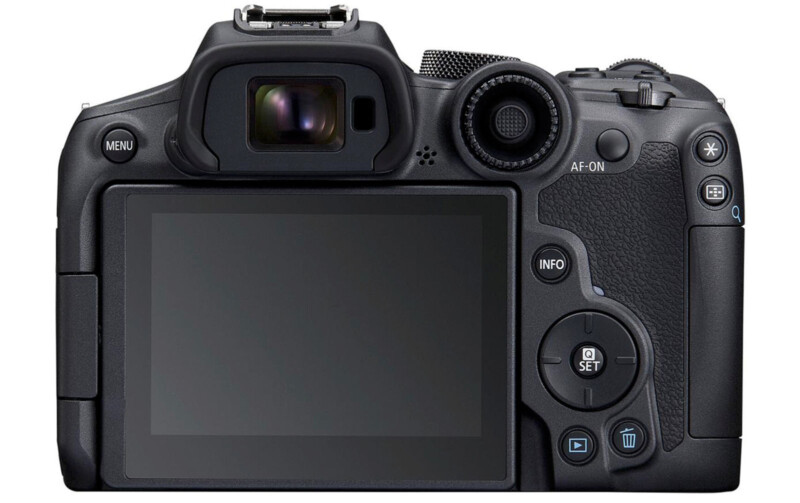
The complete video above offers considerable information about nearly every aspect of the Canon EOS R7’s design, and it is amazing to see how every little detail, even one that some users may never think about, is the result of years of careful work. Every camera’s design and control layout, including choices that some photographers dislike, is crafted with good intentions and hard work.